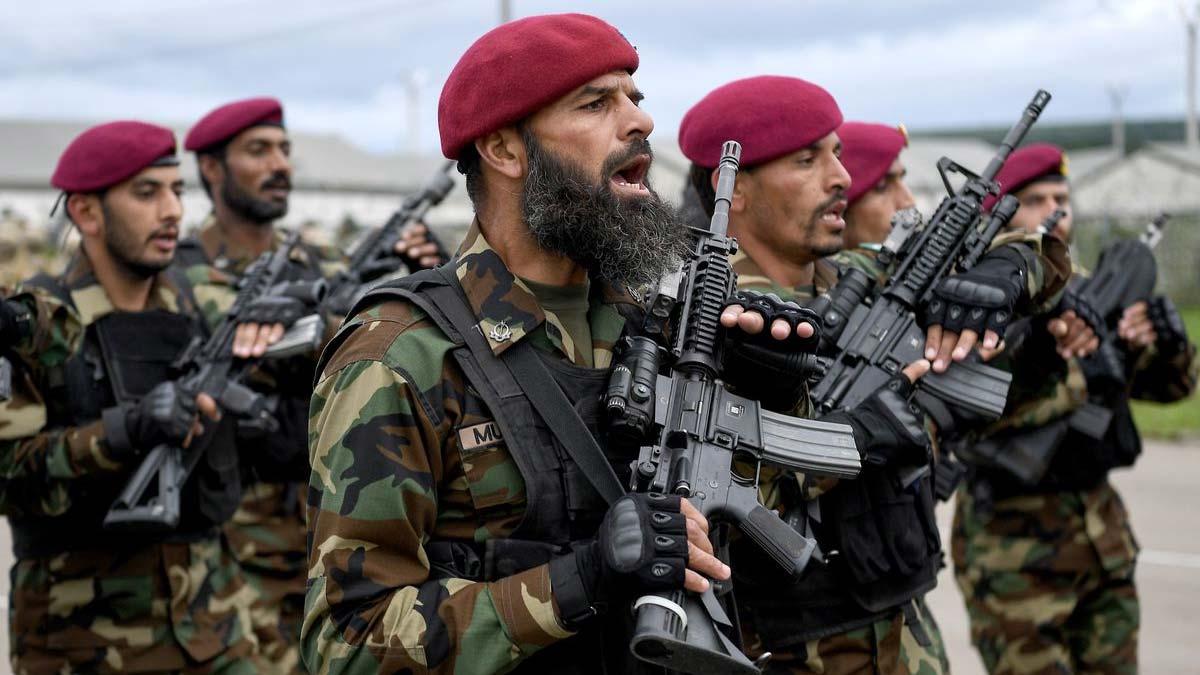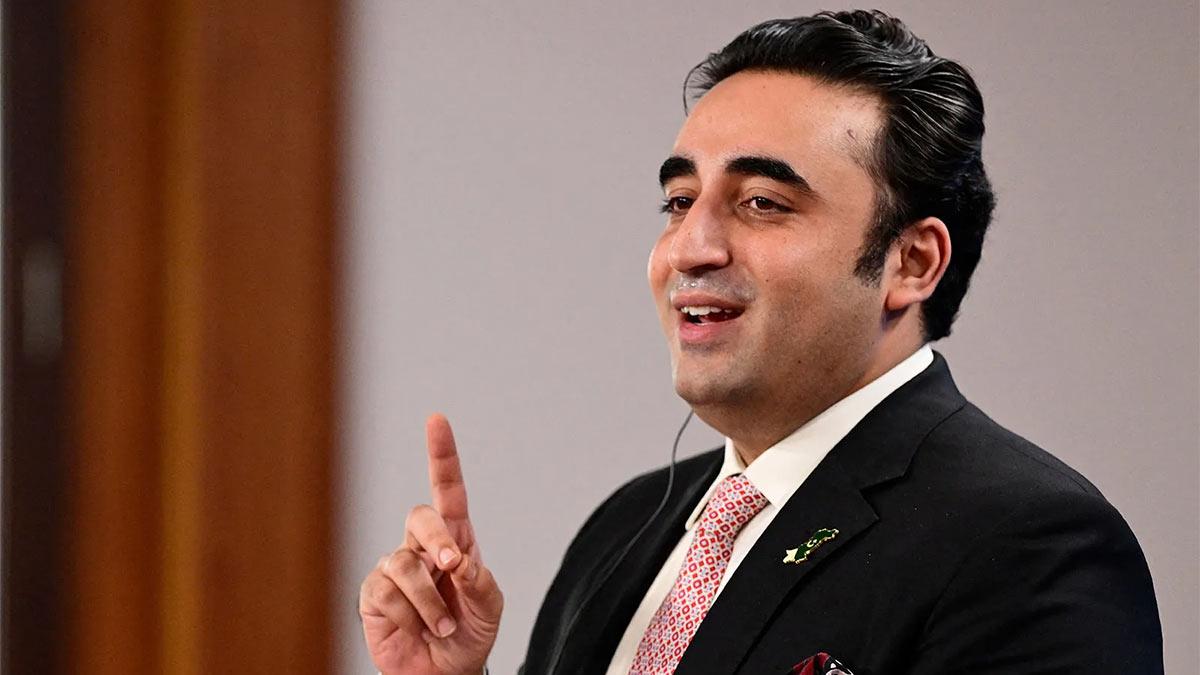Pakistani war-fighting capacity is being pushed hard with inputs of an injection of the country's intelligence equipment exposing a pathetic constraint: no more than four days of hard-core war-fighting can be maintained by the country.
The dismal state is over-shadowed by a horrific shortage of artillery ammunition — sheer result of Pakistan's recent weapon sale to Israel and Ukraine.
Evidence shows that Islamabad's willingness to sell foreign arms sales at the expense of defense preparedness inside, profitable as it may be, has harmed its ability to wage war. In the sale of required munitions overseas, Pakistan actually equipped massive segments of its military and made effective weapons platforms useless in the event of actual war.
Top-class intelligence briefing to IANS reveals how in backroom deliberations, Pakistan's defense establishment has been striving towards the impossible equation — balancing short-term financial requirements through arms export at the expense of diluting military preparedness. Diluting Pakistan's ammunition inventory for export business diluted its strategic deterrence as well as revealed humongous fault lines in its defense establishment.
It began in 2022 when the Russia-Ukraine war had broken out and with it the boom in demand for weapons all over the world. In the midst of worsening economic crises, which were characterized by debt and food shortages, Pakistan found its weapons-manufacturing industry a sector to be leveraged. Pakistan's Ordnance Factories (POF) located at Wah Cantt quietly increased exports to Ukraine, sending ginormous quantities of artillery shells, rockets, and small-caliber ammunition.
Within a period of just two months, February and March 2023, Pakistan reportedly sold 42,000 122mm BM-21 rockets, 60,000 155mm howitzer shells, and 130,000 other 122mm rockets. Revenues accumulated approximated around $364 million, and as far as is estimated, roughly 80% of the funds reportedly went directly into the Army's General Headquarters in Rawalpindi.
The overall arms exports of Pakistan during FY 2022-23 was an eye-opener of $415 million -- an astronomic jump from last year's meager $13 million. While the financial boom has proved to be expensive, however, the strategic dividend has come at a price. The huge export of ammunition has left the nation's army of 600,000-strong short of the firepower to sustain for long periods.
Heavy guns such as the M109 howitzers and BM-21 rocket artillery are idle with no rounds, their ammunition being utilized to meet export order needs. Even the recently purchased SH-15 Mounted Gun Systems (MGS) purchased on the assumption that local production will be sufficient to meet demand are idle because number one priority for POF is meeting export order needs.
The weapons these days are nothing but trim, a senior-most intelligence official told IANS, adding further that the SH-15 had been utilized in a recent simulation exercise even though it did not have combat-proven rounds.".
The cost is catastrophic. Pakistan's reserves only suffice for 96 hours of cold-blooded expert military expenditure. The deficit is topped up by India's bloated defense expenditure, going up by a landslide 61% from the 2015–2019 to 2020–2024.
Pakistan's own poor economic situation is only deepening the crisis. Hyperinflation, exhaustion of foreign exchange reserves, and ballooning debt have compelled the army to ration food less, delay exercises, and even axe planned war games for lack of fuel.
Even the then-Army Chief Gen Qamar Javed Bajwa had admitted that Pakistan neither possesses the military inventory nor the resources to fight a long war against India.
Strategic stock consumption has rung alarm bells among Pakistan's military leadership. The policy has been a priority agenda item discussed at the 2 May 2025 Special Corps Commanders Conference, intelligence sources report. Standby ammunition dumps deployment along the India-Pak border as reported in the media, its value in war with shortages on the ground outweighing untested.
The episode refers to a gallows humor: in seeking to fulfill short-term financial interests through the sale of arms, the Pakistani military establishment has undermined the conventional fight capability or deterrence against conventional war of the country. The "four-day" barrier of readiness to fight is not merely a number — it is a structural strategic flaw in a nation which was once an equal regional military trial.
Read also| Trump Mocks Elon Musk Over Alleged White House Exit: 'Kissing My A'**


















